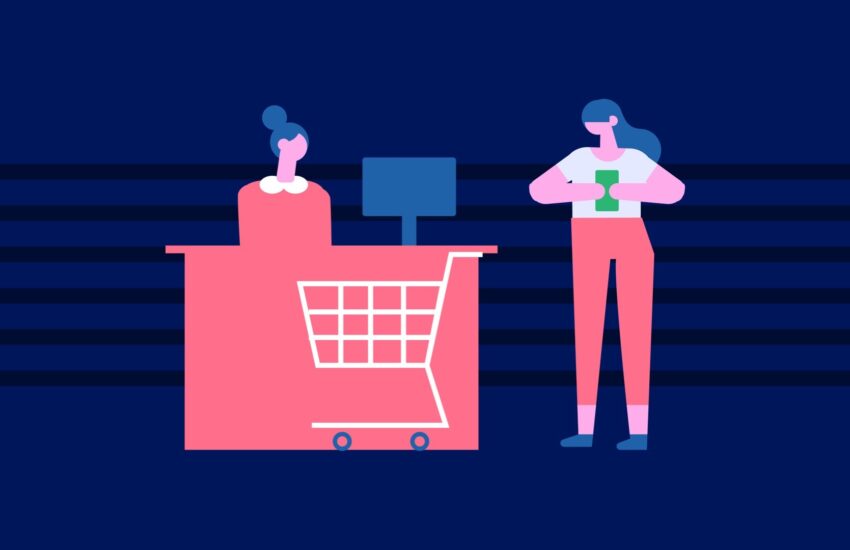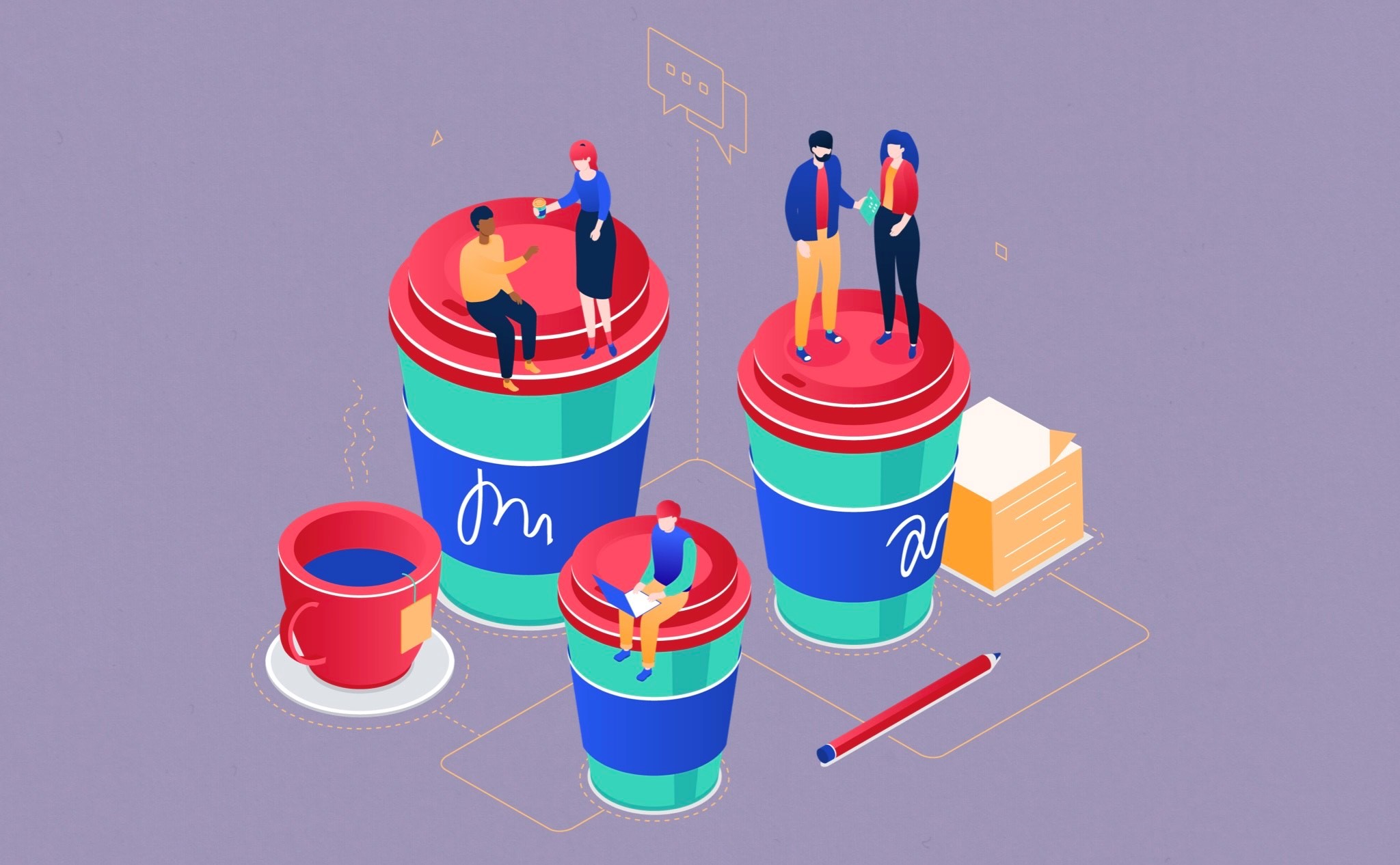3 Things to Consider with Consumer Behavior and Store Layout
Have you ever wondered why you might walk into a store and walk right back out? Maybe there was no one there to help you or the computers were on one side of the store while the computer cases were on the direct opposite side?
Consumer behavior goes beyond how consumers think. I have recently completed a simulation that is about consumer behavior and covered merchandising, staffing, and the store layout, which all play an important role in consumer behavior.
1. Merchandising
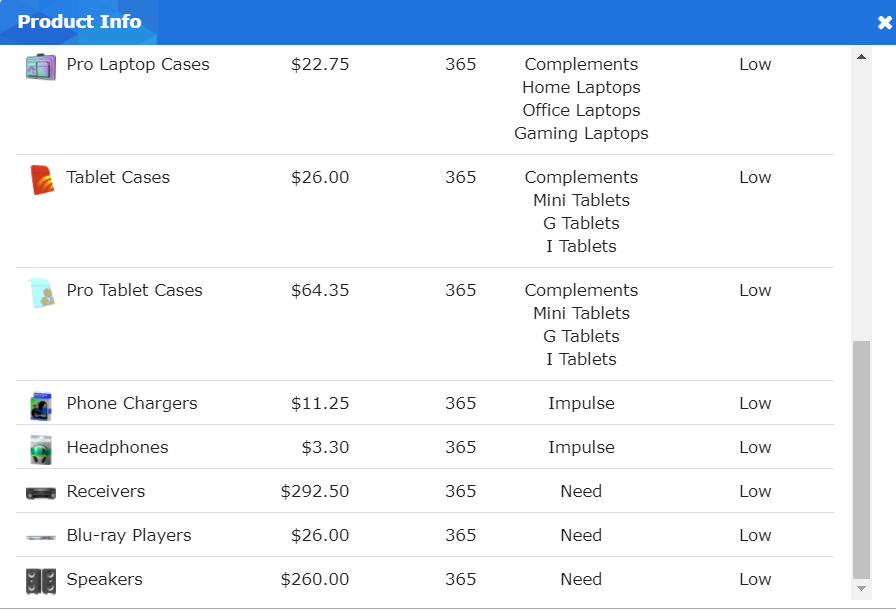
Merchandising refers to the way a store promotes and sells their products. While we were not able to control price and quantity in the simulation, we were still able to see the product information. From this information we were able to see the unit cost, shelf-life days, primary purchase type, and likelihood of theft. While all these factors play a role in the overall buying decision of consumers, I did not focus too much on shelf-life days. Unit cost is self-explanatory however primary purchase type and likelihood of theft are more to think about.
Primary purchase type has 3 different categories:
1. Need
2. Impulse
3. Complementary, which means a product that often sells in conjunction with another object.
Likelihood of theft includes only 2 different levels, high and low.
These two categories contribute to the store layout as well because you do not want to put items that have a high likelihood of theft somewhere that the staff will not see that well. Also, for purchase types, consumers might be more prone to buying impulse purchases closer to the register when they are about to check out.
2. Staffing
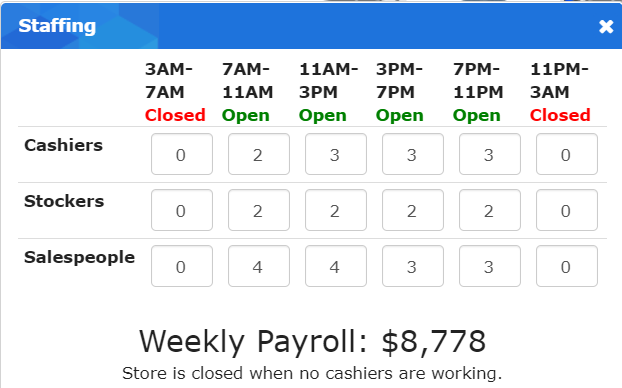
Staffing is important because the more staff you have available to consumers, the more your store will sell. In this simulation, I found it more effective to staff more in the morning and afternoon instead of at night. However, I did not change the number of cashiers and stockers from the preset numbers because the consumers were not complaining about them but rather about salespeople.
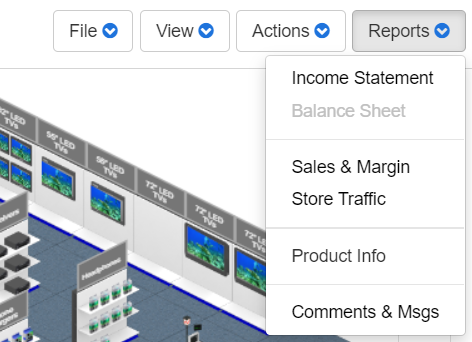
While this might not seem like that important of a step to take into consideration, unpleased and unaided consumers are going to leave the store with no purchases. In the long run, staying properly staffed will help the store generate a profit. By checking in the comments and messages tab found under reports, you can easily listen to your customers.
3. Store Layout
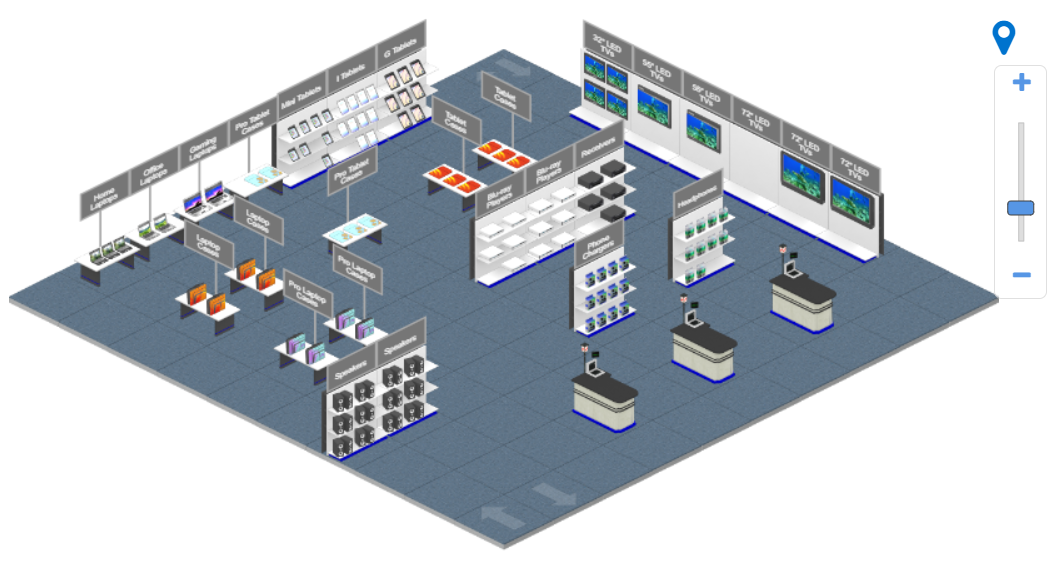
Finally, store layout. In the simulation, the store is set up randomly in no order. From the previous merchandising section above, I knew what products I should put where due to their primary purchase type.
My game plan was to try to:
· Group products of similar titles next to each other because that way the complement items would also get bought right away. An example would be putting the computers and computer cases next to each other.
· Put impulse buys close to the register so consumers could grab something at the last minute before they check out. An example of these products would be headphones and phone chargers.
· And make it a simple/ non-confusing layout by opening the floor for staff to see where the consumers are in the store as well as where the products were. This is a great method to make sure consumers get help when they need it and it also assures that they do not steal.
Closing
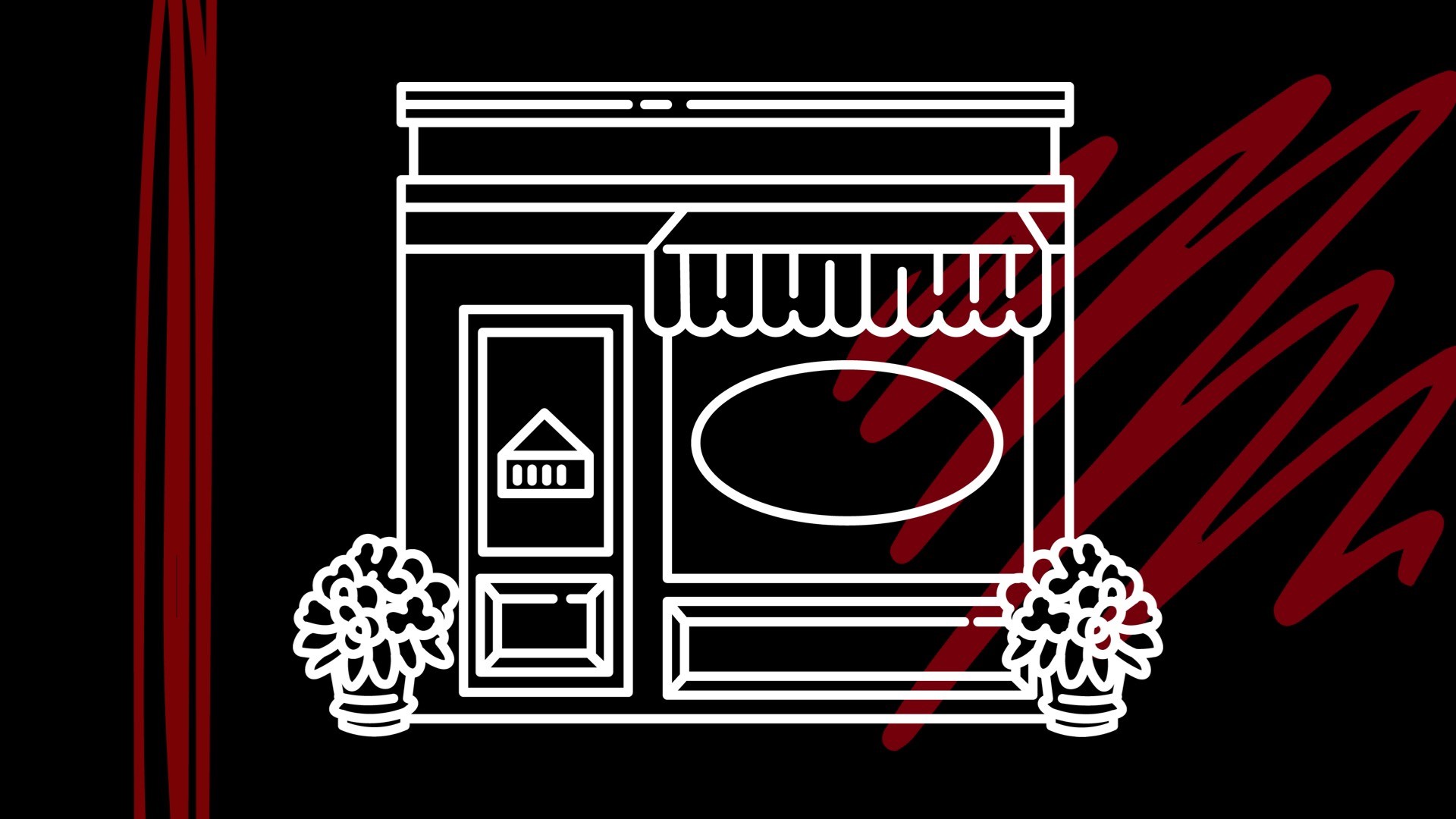
Depending on your store and your products you might choose to setup your store differently. From a consumer standpoint, the less confusing the store, the more intrigued they will be to make a purchase. As you may know now, consumer behavior goes beyond how a consumer thinks and is also about merchandising, staffing, and store layout. You can practice these three factors that go into consumer behavior by either completing the Knowledge Matters Consumer Behavior Simulation or doing some research on your own!

